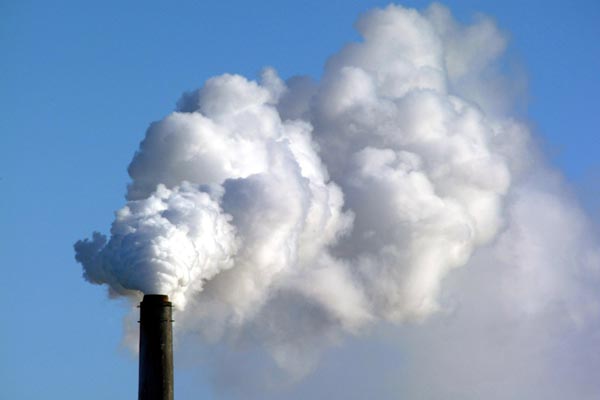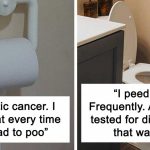
Pursuing cleaner air has become a critical mission for governments worldwide, and the United Kingdom is no exception. One of the cornerstones of the UK’s strategy to combat air pollution and mitigate the debilitating effects of diesel emissions on the environment is the implementation of Clean Air Zones (CAZs).
Clean Air Zones are areas in the UK designated by local governments as places to take specific action to improve air quality. They are a response to the concerning levels of nitrogen dioxide (NO2) and other pollutants present in our air, attributed in large part to vehicle emissions. The primary goals of these zones are to reduce the levels of pollutants and to protect human health, particularly in urban areas where air quality tends to be the poorest.
The modern concept of Clean Air Zones can trace its roots back to the first UK Air Quality Management Areas established in the late 1990s. These early attempts at zone regulations have evolved into the sophisticated CAZs we see today.
There are currently two types of Clean Air Zones in the UK: charging and non-charging. In charging Clean Air Zones, drivers of vehicles with higher emissions, such as older diesel cars and commercial vehicles, must pay a fee for entry. The charge is often implemented using an Automated Number Plate Recognition (ANPR) system, where the vehicle’s number plate is scanned, and the owner billed.
Non-charging Clean Air Zones encourage cleaner vehicle usage through incentives such as reduced parking fees for low-emission cars. They do not feature mandatory charges for vehicle entry but often have restrictions and penalties for non-compliant vehicles.
To understand the impetus behind Clean Air Zones, we must recognize diesel engines’ significant role in polluting the air we breathe. Diesel exhaust is a complex mixture of gases and fine particles with various adverse environmental impacts.
In recent years, there has been heightened scrutiny of environmental claims made by manufacturers of diesel vehicles. The Dieselgate scandal discussed in-depth at www.emissions.co.uk, uncovered that several car manufacturers had been cheating on emission tests and producing vehicles that emitted higher levels of pollutants than permitted. This revelation shattered trust in the automotive industry and underscored the urgency to address the impact of diesel emissions on public health and the environment.
The health effects of diesel pollution are severe, with harmful gases and small particles from diesel vehicles linked to asthma, reduced lung function, and lung cancer. Additionally, diesel emissions contribute to the formation of ground-level ozone, a major component of smog that causes respiratory illnesses and other health problems.
One of the most immediate concerns for vehicle owners is how these zones will affect their daily lives and pockets. For diesel car owners introducing Clean Air Zones could mean additional charges for driving into certain areas. This has led to a broader conversation about the responsibilities of vehicle manufacturers and the fairness of penalising individual car owners for issues they did not create.
The automotive industry has not been immune to the effects of Clean Air Zones. With a shift towards stricter emissions standards, increased pressure to hold car manufacturers accountable for diesel claims, and greater emphasis on electric and hybrid vehicles, manufacturers are overhauling their product lines and investing heavily in cleaner technology. This transition can potentially benefit public health and reshape the global car market.
The rollout of Clean Air Zones across the UK is just one piece of the larger puzzle to improve the nation’s air quality. Policy and technology will continue to intersect in the fight against air pollution. Government regulations and incentives will influence the automotive industry’s direction, while technological advancements will provide the means to achieve cleaner air without sacrificing transportation needs.
Individual choices also bear significant weight. Opting for cleaner vehicles, supporting clean air initiatives, filing a diesel emissions claim, and making conscious decisions to reduce personal emissions all contribute to the collective effort to create a healthier environment for current and future generations.
The launch of Clean Air Zones in the UK represents a pivotal moment in the nation’s commitment to tackling air pollution. With these zones, the public and private sectors are taking bold steps to address a problem that has long been a threat to public health and environmental sustainability. While challenges remain, the transition to cleaner air is a collective responsibility and a shared opportunity to create a greener future for all.
Comments






